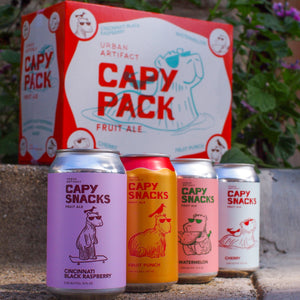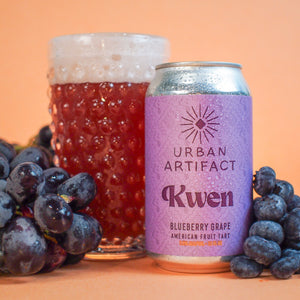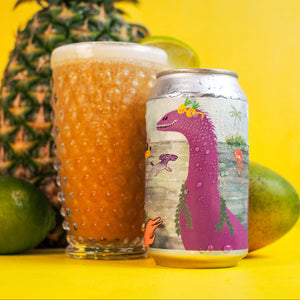What is Terroir?
Terroir [terˈwär] (yea, I use Bing) is more often than not applied to wines and most of the time people use it to talk about high-end wines or sound sophisticated (Listen to this French Guy babble on near incomprehensibly about terroir, before reading my babblings on about it. The quality will be much the same). Terroir boils down to one big thing, geography. How does the land affect the final taste and quality of the product? In terms of wine, it comes down to the location in which the grapes are grown. What side of the hill are the grapes grown on? Loamy or clay soil? Direct or indirect sunlight? Upwind or downwind from other farms? How close are the grapes grown to the ocean, or a lake, or a river? Wild yeast or manufactured pure cultures? Organic farming? Biodynamic Farming (You got to listen to the Earth, man…)? Modern industrial monoculture farming?
The biggest factors for terroir (no matter what some French Guy tells you), in terms of grapes and wine, has to do with the soil. Things like the bacteria present in the soil, the mineral levels and amounts, the pH, how well it drains, etc. Most winemakers these days don’t have any other way to express terroir in their wine. There used to be a day when winemakers used wild yeast found on the skins of grapes they pressed to make the wine, fermented in oak barrels and foudres sourced locally, and had to rely on organic methods of farming and pest control. These things are great ways to help express the local environment in your product, however, they are not so great for reproducibility, ease of production and large-scale consistency. Now is the day winemakers buy pure yeast cultures, get oak barrels from trees grown anywhere on earth, and if they really wanted to they can even buy grapes or grape juice to either blend into their own wine or create something on its own from a different region entirely. If it wasn’t for the fact that most winemakers grow their own grapes, terroir would essentially be non-existent in the world of wine.
Terroir is not limited to wine. It affects all things agricultural or anything produced through fermentation. Beer, cheese, tomatoes, maple syrup, coffee, hops, agave, cognac, tobacco, oak, etc. all feel the effects of terroir. In some instances, for some producers or brewers, it may be expressed in a very small way, if at all, and for others terroir defines who they are and they products they produce. For Urban Artifact, we take great pride in our terroir. Sourcing local wild yeasts and bacteria for souring in oak barrels from our Northside (our local neighborhood), we use city water sourced from the Ohio River that we only strip the chlorine out of, we use local hops when we can get them from area hop farmers, and we use malt grown here in North America. All of our core beers are acidified with a unique house culture of lactobacillus, providing flavors no other brewers can lay claim to. These four ways, Malt, Hops, Water & Yeast, are how brewers can express their own terroir. In the following Wild Pitch series, we will dig in a little deeper into each one of those four ingredients, the flavors they impart and how they affect you, the beer drinker.
Cheers,
Bret Kollmann Baker
Chief of Brewing Operations








